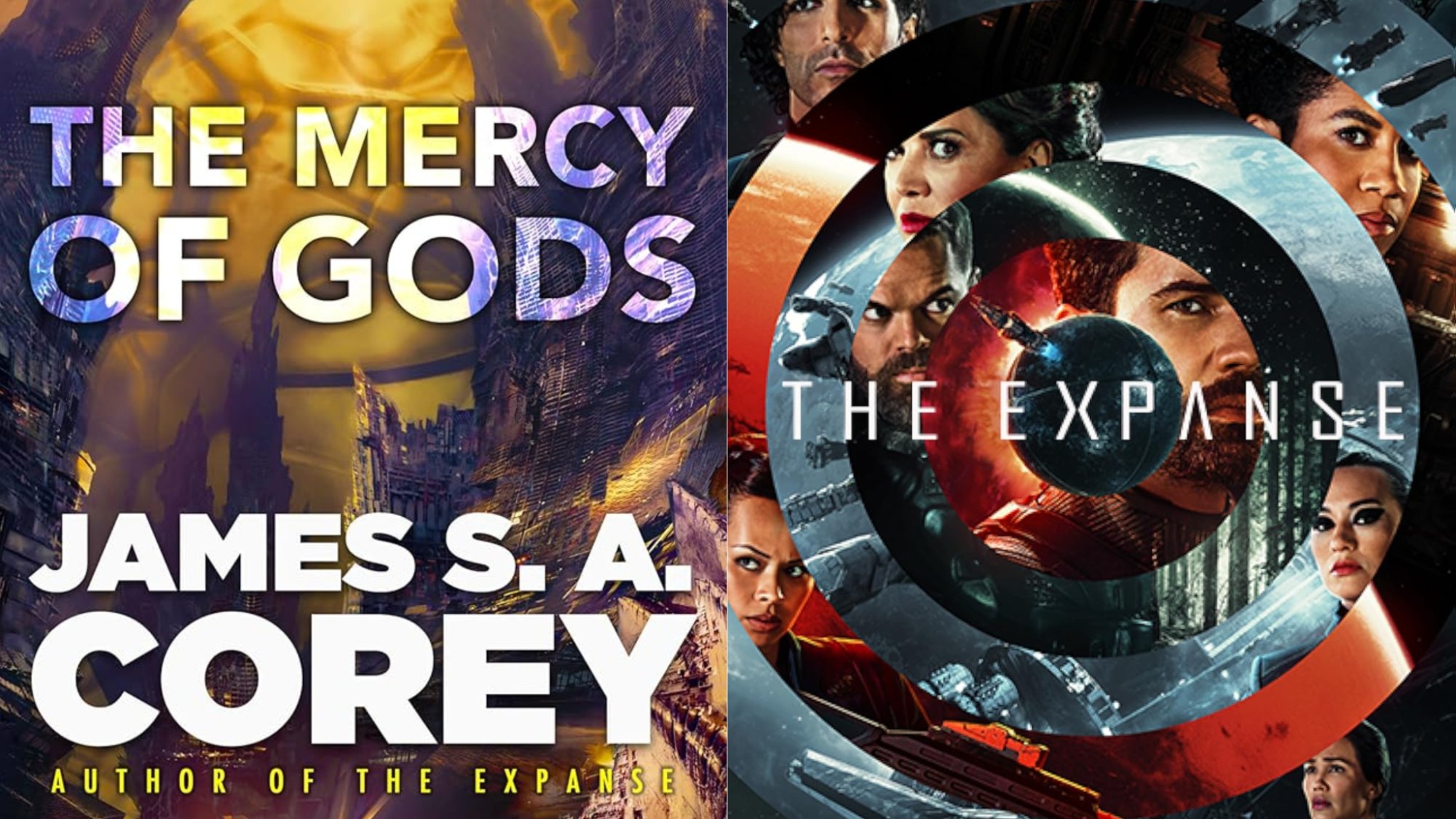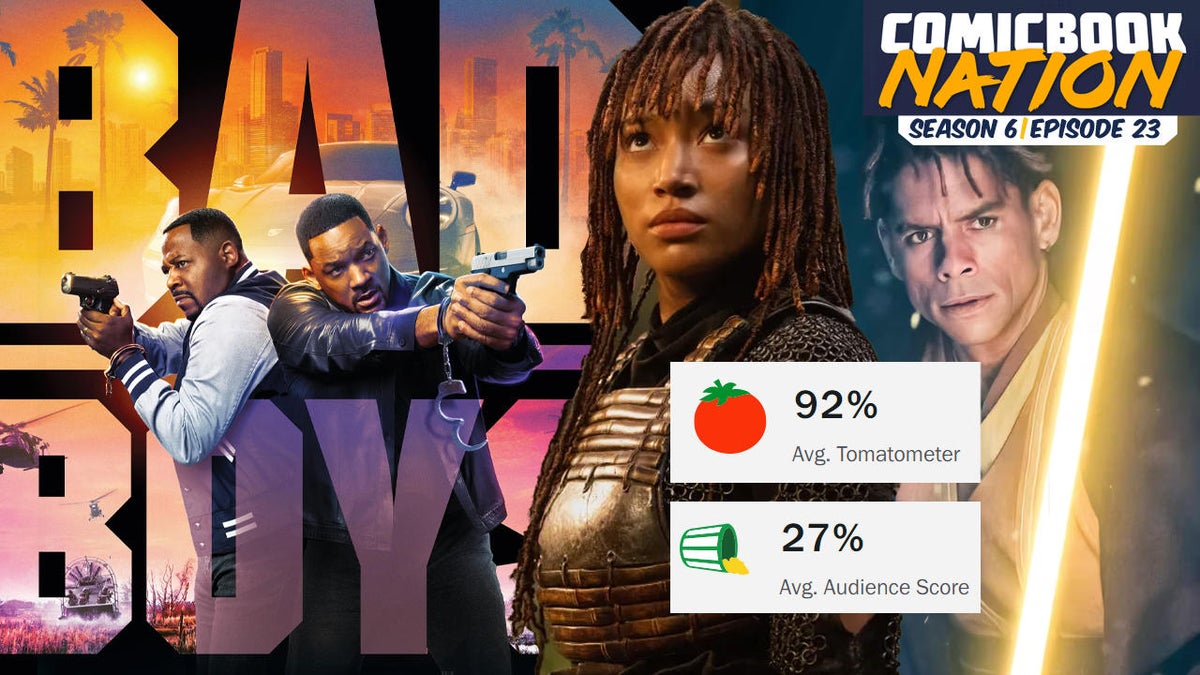Anime, a once-niche subculture in American media, is at the forefront of Sony’s business strategy and investment. The Hollywood Reporter’s latest insights show that Sony has already invested heavily in the anime scene, having purchased and merged Crunchyroll and Funimation, and the company has recently taken a ten percent share of Kadokawa. Netflix and Amazon Prime have also invested heavily in anime, with Netflix offering exclusive shows and dubs. For example, Dandadan is a Netflix exclusive and is one of the biggest shows of 2024. Big companies have rediscovered the profitability of the anime subculture and intend to get as much profit as they can from it.
Videos by ComicBook.com
Anime is a hot commodity, but what are the downsides to this sudden rise of mainstream acceptance? While more money will be funneled into studios and anime distributors, anime will now be part of the global corporate bureaucracy. Sony already has a leg up on its competitors and appears intent on creating a monopoly on anime content. Monopolies lead to less competition, and less competition means fewer reasons for innovation. Smaller businesses will either go under or be folded into the larger brands, leaving buyers with fewer and fewer options. Sony may invest wisely and give fans more opportunities to enjoy things they already love. However, it should always be noted that companies only do things in their best interest, meaning they only listen to where the dollar comes from.

Anime is Huge (and Will Continue to Grow)
THR reports that Jeffries, an investment bank, predicts the global anime market will grow to $60.1 billion by 2030. Sony, Amazon, and Netflix have invested heavily in the medium and intend to invest more. These corporations realized how lucrative the subculture can be, with films grossing millions of dollars worldwide and anime becoming one of the most popular mediums people stream. Anime films like Demon Slayer – The Movie: Mugen Train, Jujutsu Kaisen 0, One Piece Film: Red, and Dragon Ball Super: Broly have grossed over a hundred million dollars each at the global box office, outranking some American films. Demon Slayer – The Movie is currently the highest-grossing film from Japan, receiving over $500 million at the box office.
Polygon researched that 42 percent of Gen Z viewers watch anime weekly, making it one of the most popular mediums among young people. With so much money potentially on the table, these media corporations want to take advantage and get a share of that pie. Companies now know people only use streaming exclusively to watch anime and have ensured all the best anime are available. Some of the most popular series on Netflix are anime, with many long-running series proving to be long-lasting, evergreen titles that multiple generations can watch at any point. Someone who grew up watching One Piece can now have children who can watch the same series on Netflix. Sony was directly involved with distributing and theatrical releasing many high-profile anime films. Several other companies have also launched several anime films theatrically to earn some gross revenue.
[RELATED: Sony to Launch Anime Academy to Help With Worldwide Demand]

The Downside of Anime’s Growth and Corporate Consolidation
Anime should never be blocked from the larger viewing public; fans should never gatekeep the medium from others. The more people watch and enjoy anime, the more opportunities the medium will thrive and become easier to consume. When companies see how much and how many people like a specific thing, they will be encouraged to invest in more content. Anime growth isn’t necessarily bad for the medium, but the issues stem from corporations taking advantage of the medium to achieve profits over quality.
Sony has already taken a large share of the anime distribution, owning Crunchyroll’s and Funimation’s vast library of exclusive anime. Before the merger, Crunchyroll and Funimation were seen as the top two services for watching anime. Now, with both under Sony, the latter company has a dominant position in the anime market. With Sony now the distributor of a large percentage of anime in the United States, fans are forced to go through Sony’s official channels to consume their favorite anime. While Sony still lends out some of the bigger animes to stream in other services, like Hulu and Netflix, Sony has an unhealthy market control. The purpose of the free market is the freedom of choice, but Sony’s owning everything limits that freedom. It is within Sony’s power to deny access to specific anime as long as they hold the rights to it, and we’ve already seen anime disappear on streaming services because of rights issues.
If Sony continues to grow its share of the anime market, no other company will be able to compete. Fans are concerned that if Sony continues to have a dominant hold over the market, the medium will stagnate because there won’t be any other competitors. Competition forces brands and companies to discover new strategies and innovations to keep the free market fresh and exciting.
If Sony has no direct competitor, then Sony will not have any incentive to innovate, leading to stagnation and lower quality control. When companies are not forced to innovate, they will create content that will sell more rather than what would make better art. That leads to anime with bland and inoffensive plot beats that don’t challenge viewers, creating lesser art and downgrading the genre. It won’t matter if more anime shows stop being good because consumers won’t have any other options but to support Sony if they want to continue enjoying the medium.

What the Future Holds for Anime
Anime doesn’t seem to be slowing down, and fans are concerned the medium will collapse under its weight. The medium suffered from a similar rise and fall in the early 2000s after the Toonami boom of the late 90s. However, the concern from fans now is how this new growth will change the medium. In an interview with Forbes, Justin Sevakis from Animego discusses how there could potentially be an influx of anime in the current market. With so many shows to keep track of, many series often get lost.
Proportionately, fewer anime are having as much of an impact because the next big thing is already on people’s attention. When the only big anime were Dragon Ball Z and Sailor Moon in the ’90s, everyone watched and knew them. But now, dozens of anime are released every season, making it impossible for fans to keep track of them. It doesn’t matter to companies if there’s too much anime; they want as much content to sell to consumers, retain and grow subscribers, and earn the most profits.
In an ideal world, Sony will wisely invest in its anime business and continue innovating the medium for audiences. Crunchyroll continues to be a popular service for anime fans, and hopefully, Sony will continue to push the brand into new and exciting territories for consumers. It’s already been announced that Crunchyroll will refocus efforts on harnessing the manga industry. Netflix, Amazon Prime, and even Disney are now pushing anime to the forefront of their streaming services. Netflix has invested heavily in the One Piece brand, financing the live-action series and streaming the anime. Competition for anime distribution still exists and will optimistically lead to renovation for the medium that will continue to make fans happy. At least, that is the hope.
H/T: The Hollywood Reporter, Polygon, Forbes







